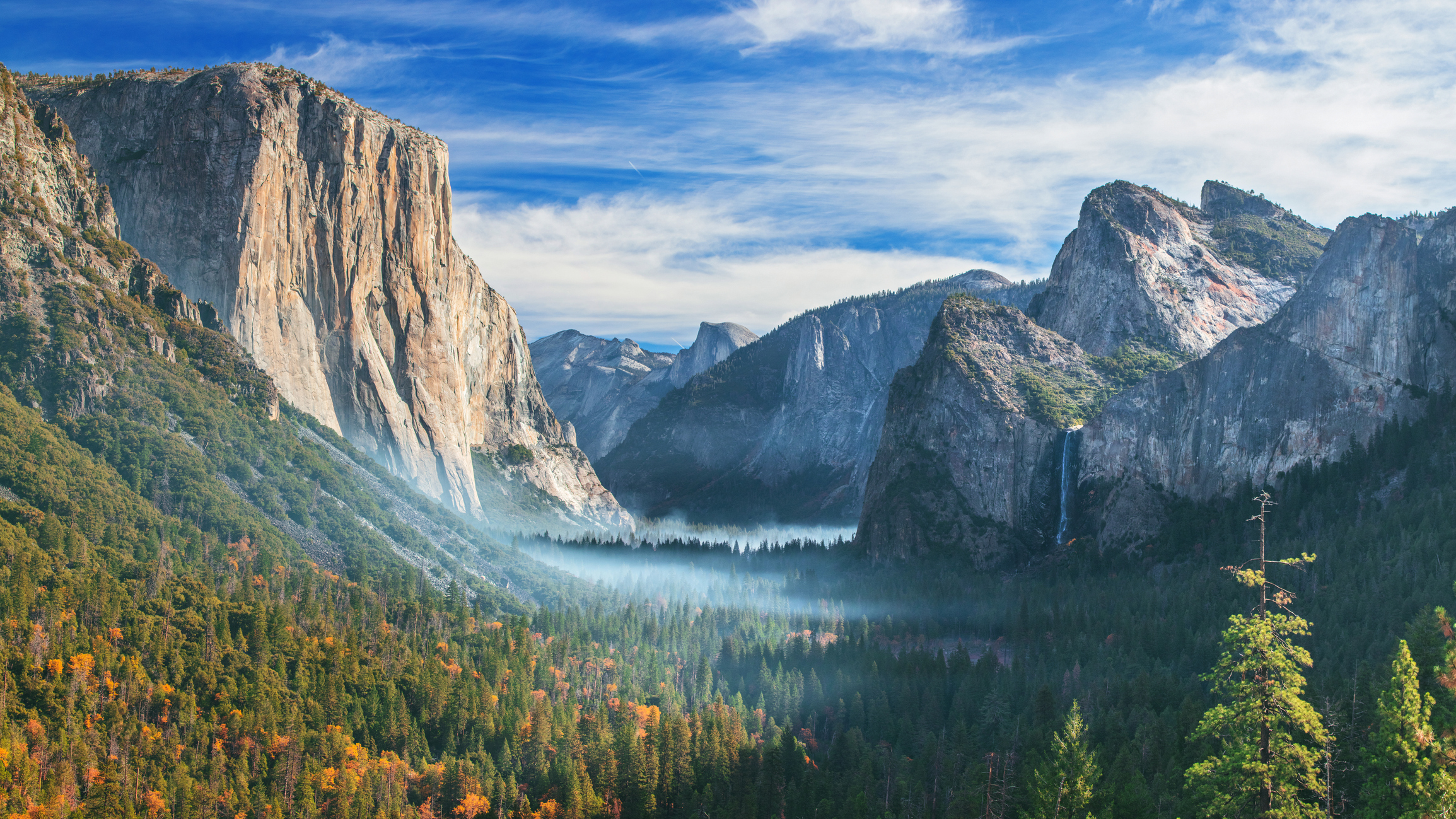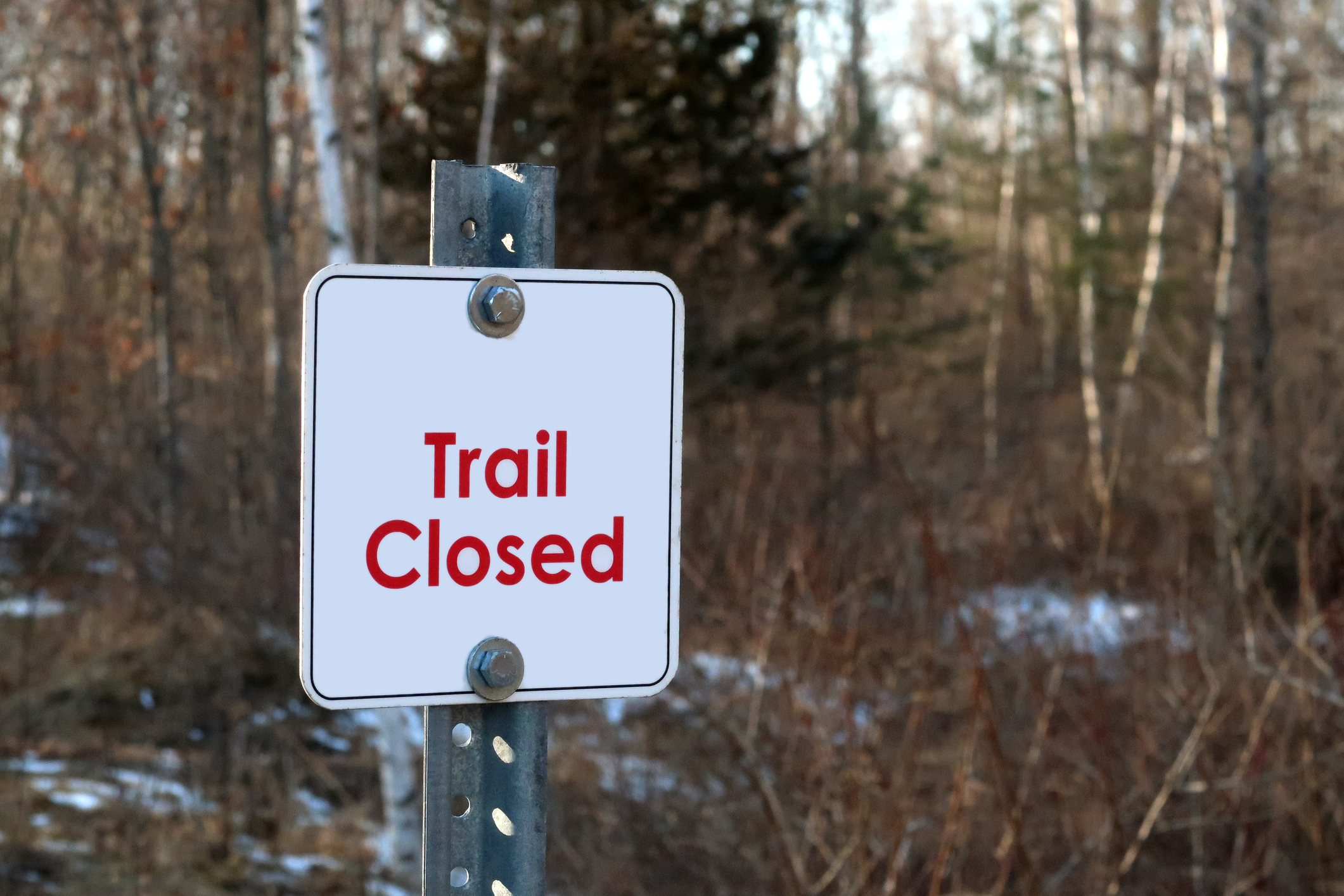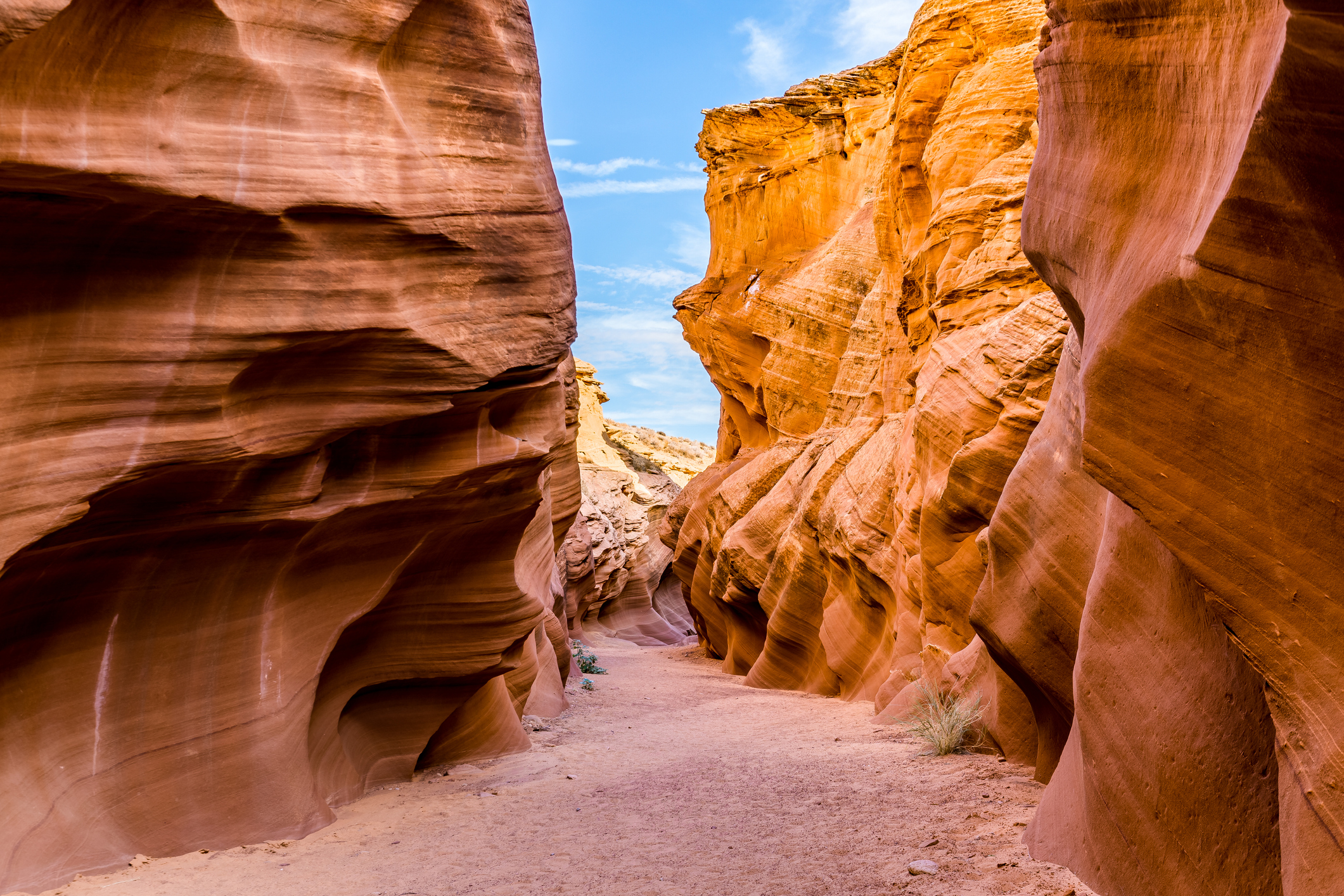What Happens to National Parks During a Government Shutdown?
A guide to what stays open and what's at risk — and how to plan your park trips when federal funding stalls.


A government shutdown can do more than shake up the markets or delay federal paychecks. It can also throw your travel plans into chaos, especially if they involve a visit to a U.S. national park.
While some parks remain partially open during shutdowns, the lack of staff and services can significantly impact your experience and your safety.
If you’re planning a road trip or fall getaway, here’s what you need to know about how a government shutdown affects national parks, what’s still accessible and how to prepare for potential disruptions.
From just $107.88 $24.99 for Kiplinger Personal Finance
Become a smarter, better informed investor. Subscribe from just $107.88 $24.99, plus get up to 4 Special Issues

Sign up for Kiplinger’s Free Newsletters
Profit and prosper with the best of expert advice on investing, taxes, retirement, personal finance and more - straight to your e-mail.
Profit and prosper with the best of expert advice - straight to your e-mail.
Do national parks close completely during a shutdown?

Not quite. National parks often remain physically open to the public during a government shutdown, but services are limited or nonexistent. Think of it this way: the gates might be open, but no one is there to greet you, guide you or maintain the facilities.
In past shutdowns — including the record-long closure in 2018 - 2019 — the National Park Service was forced to suspend most of its operations. Park rangers were furloughed, visitor centers were locked and vital services like trash pickup, restroom cleaning and road maintenance were paused.
So while you can still hike, drive through, or camp in some areas, you may be doing so without the usual oversight and amenities, which can make for a much different (and riskier) experience.
Which services are affected?
Visitor centers and ranger services
Visitor centers are typically closed during a shutdown, meaning no maps, information desks or exhibits. Educational programs, ranger-led tours and wildlife talks are suspended. Emergencies are still handled by law enforcement, but with reduced staffing, response times may be slower.
Campgrounds and reservations
Campgrounds operated by the National Park Service are often closed or left unsupervised. That means no reservations, no campground hosts and no access to amenities like showers or dump stations. If you’ve booked in advance, you may not get a refund. However, privately run campgrounds inside or near park boundaries may still operate as usual so check with them directly.
Road access and safety
Roads may remain open, but winter closures, storm damage, or fallen trees won’t be addressed promptly without maintenance crews. Unplowed snow and unmarked hazards can make driving dangerous. If you're traveling through high-altitude or remote parks, it’s especially important to be cautious and prepared.
Restrooms and trash collection
These are among the first services to go. Without regular maintenance, overflowing trash cans and unsanitary restrooms can create health and environmental risks. During the last major shutdown, several parks saw damage from unattended litter and waste.
Which parks might stay open?

Some states step in to fund park operations during a shutdown. For example, Arizona has historically allocated emergency funds to keep Grand Canyon National Park partially staffed. Similarly, Utah has done the same for Zion and Arches National Parks, given their importance to state tourism.
However, this isn’t guaranteed. Even when state funding helps, only basic services may be offered. If your route includes parks across multiple states, expect a patchwork of accessibility and support.
How to plan ahead during a shutdown
1. Check park status online
Before you leave, visit NPS.gov for updates. Each park typically has its own page detailing any closures or restrictions. Social media accounts for individual parks can also provide real-time alerts and posts from local authorities.
2. Prepare to be self-sufficient
Bring your own supplies including toilet paper, food, water, first-aid kits and waste bags. Assume that anything you would normally rely on the park to provide will not be available.
3. Build flexibility into your itinerary
Have a backup plan. State parks, local recreation areas, or even lesser-known sites managed by non-federal entities may serve as alternatives. Some travelers opt for more urban-based activities or plan overnight stays outside park boundaries to avoid issues.
4. Review your reservations and refund policies
If you’ve booked tours or camping sites, check cancellation terms. For bookings through third-party sites or private vendors, reach out to customer service for shutdown-specific updates.
Planning a road trip? One of Kiplinger’s top cash-back cards can help cover the cost of gas, groceries, and park supplies while putting money back in your pocket. Powered by Bankrate. Advertising disclosure.
What else could be affected?
National monuments and historical sites operated by the federal government fall under the same rules, meaning closures and staff reductions are common. Seasonal events such as guided winter hikes, stargazing programs and special tours may also be canceled.
For parks that straddle the U.S. border, like Glacier National Park’s connection to Waterton in Canada, international border services could also see delays or limited staffing.
Final thoughts
A government shutdown doesn’t mean you have to cancel your trip entirely, but it does mean you’ll need to adjust your expectations and plan more carefully. With reduced staff, fewer services and no safety net, travelers must take more responsibility for their own experiences.
If you do visit a national park during a shutdown, tread lightly. Follow Leave No Trace principles, pack out your trash and be mindful of the impact that unmonitored tourism can have on protected landscapes.
When in doubt, consider rescheduling or exploring alternative destinations until the parks are back to full operations. After all, these natural treasures deserve our best care, even when Washington can’t agree on a budget.
Related Conent:
Profit and prosper with the best of Kiplinger's advice on investing, taxes, retirement, personal finance and much more. Delivered daily. Enter your email in the box and click Sign Me Up.

Choncé is a personal finance freelance writer who enjoys writing about eCommerce, savings, banking, credit cards, and insurance. Having a background in journalism, she decided to dive deep into the world of content writing in 2013 after noticing many publications transitioning to digital formats. She has more than 10 years of experience writing content and graduated from Northern Illinois University.
-
 Holiday Tax Scams: 'Tis the Season to be Wary
Holiday Tax Scams: 'Tis the Season to be WaryTax Scams Navigating tax tricks of the holiday season may be daunting, but don't let that destroy your festive spirit
-
 Metro by T-Mobile Is Giving Away This Samsung Galaxy A16: Which Plans Are Eligible?
Metro by T-Mobile Is Giving Away This Samsung Galaxy A16: Which Plans Are Eligible?Metro by T-Mobile is offering free Samsung Galaxy A16 phones on eligible plans right now. Here’s how the deal works.
-
 I Drive and Collect Classic Cars: Here’s How I Got Started
I Drive and Collect Classic Cars: Here’s How I Got StartedAre classic cars a hobby or an investment strategy — or both? Either way, the vintage car scene is much cooler and more affordable than you think.
-
 Metro by T-Mobile Is Giving Away This Samsung Galaxy A16: Which Plans Are Eligible?
Metro by T-Mobile Is Giving Away This Samsung Galaxy A16: Which Plans Are Eligible?Metro by T-Mobile is offering free Samsung Galaxy A16 phones on eligible plans right now. Here’s how the deal works.
-
 I Drive and Collect Classic Cars: Here’s How I Got in the Game Without Spending a Fortune
I Drive and Collect Classic Cars: Here’s How I Got in the Game Without Spending a FortuneAre classic cars a hobby or an investment strategy — or both? Either way, the vintage car scene is much cooler and more affordable than you think.
-
 My First $1 Million: Retired Middle School Teacher, 68, North Carolina
My First $1 Million: Retired Middle School Teacher, 68, North CarolinaEver wonder how someone who's made a million dollars or more did it? Kiplinger's My First $1 Million series uncovers the answers.
-
 4 Financial To-Dos to Finish 2025 Strong and Start 2026 on Solid Ground
4 Financial To-Dos to Finish 2025 Strong and Start 2026 on Solid GroundDon't overlook these important year-end check-ins. Missed opportunities and avoidable mistakes could end up costing you if you're not paying attention.
-
 9 Types of Insurance You Probably Don't Need
9 Types of Insurance You Probably Don't NeedFinancial Planning If you're paying for these types of insurance, you may be wasting your money. Here's what you need to know.
-
 I'm an Insurance Pro: It's Time to Prepare for Natural Disasters Like They Could Happen to You
I'm an Insurance Pro: It's Time to Prepare for Natural Disasters Like They Could Happen to YouYou can no longer have the mindset that "that won't happen here." Because it absolutely could. As we head into 2026, consider making a disaster plan.
-
 The Future of Philanthropy Is Female: How Women Will Lead a New Era in Charitable Giving
The Future of Philanthropy Is Female: How Women Will Lead a New Era in Charitable GivingWomen will soon be in charge of trillions in charitable capital, through divorce, inheritance and their own investments. Here's how to use your share for good.
-
 The Retirement Donor's Checklist: Key Deadlines by Gift Type
The Retirement Donor's Checklist: Key Deadlines by Gift TypeRetirees have some charitable contribution options that can help avoid spikes in income from RMDS and capital gains.
